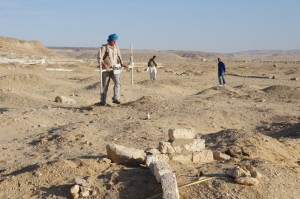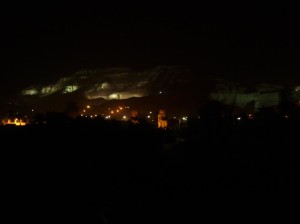Inter-tidal and underwater survey methods – a busy week
It has been a busy week in the centr,e with numerous talks by visiting speakers and more practical instruction on the MA/MSc programme. This has seen discussion of advances in AUV technology for extensive and intensive surveys, photogrammetric techniques (onland and underwater) and RTI applications.
Continue reading →





